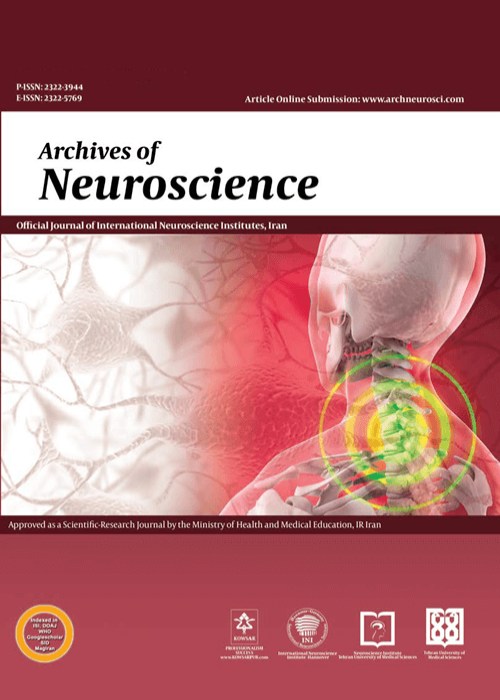Comparison of Gene Expression Differences After Traumatic Spinal Cord Injury in Zebrafish, Xenopus laevis, and Planarians: A Systematic Review
Context:
Planarians, zebrafish, and Xenopus laevis are able to mend damage to their spinal cords after they have been damaged. After undergoing metamorphosis, the X. laevis loses the ability to do this. This study examines the genes that are involved in the process of spinal cord regeneration in these animals, investigates the pattern of their expression at various stages after spinal cord injury (SCI), and compares them to animals that do not have the ability to regenerate their spinal cords. This study reviews gene-based studies in regenerative animals, such as zebrafish, X. laevis, and planarians, and compares their expression patterns and fold-change slopes to non-regenerative ones to identify SCI recovery milestones.
Evidence Acquisition:
A systematic search was carried out with the intention of including all of the studies that had been conducted on the gene expression of X. laevis, zebrafish, and planarians in the context of SCI. Studies have been transferred to Endnote 2019 software. The researchers used the software to remove duplicate studies. Two researchers then assessed the titles and abstracts. A neutral third party resolved the discrepancies and extracted the data to a predesigned Microsoft Excel Worksheet. The genes were retrieved, and the data from the genome-wide studies were also combined to identify genes whose expression patterns in non-regenerative and regenerative species were significantly comparable or disagreeing with one another.
This review included 45 original and 2 genome-wide studies. Overall, 112 genes and their pathways were extracted. A total of 238 genes were common in these studies, and 9 significant expression patterns were possible. Among these 238 common genes, genes 23, 9, and 4 followed 4, 5, and 6 of these significant patterns, respectively. Additionally, pooling the genome-wide studies yielded 15 significant genes, with similar patterns in zebrafish and regenerative X. laevis and conflicting patterns between them and non-regenerative X. laevis.
The regeneration of the spinal cord involves several processes, including regulation of inflammation, promotion of glial cell proliferation, facilitation of neuroplasticity, and establishment of coordination between newly formed neurons. Genes such as FOXN4, STC1, HSPA5, EGFR, and PRTFDC1 are also important. MCAM and Dkkb genes must be timed to create the right microenvironment for SCI healing in regenerating X. laevis and zebrafish. However, humans and non-regenerative X. laevis share an insufficient microenvironment. In contrast to non-regenerative models of SCI, regenerative animals decrease early-phase agents and increase injury site neuroplasticity in the late phase. As they show parallel expression patterns in regenerative and non-regenerative animals but in competition with one another
- حق عضویت دریافتی صرف حمایت از نشریات عضو و نگهداری، تکمیل و توسعه مگیران میشود.
- پرداخت حق اشتراک و دانلود مقالات اجازه بازنشر آن در سایر رسانههای چاپی و دیجیتال را به کاربر نمیدهد.


